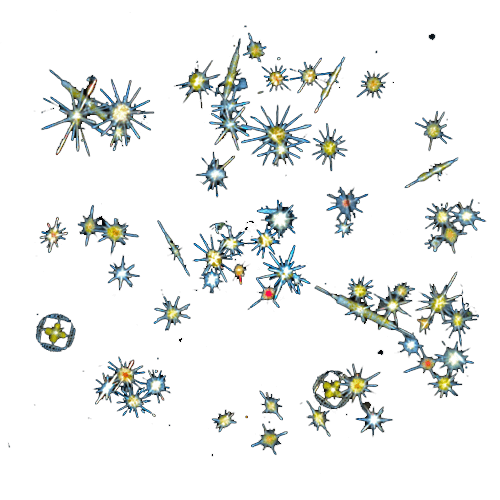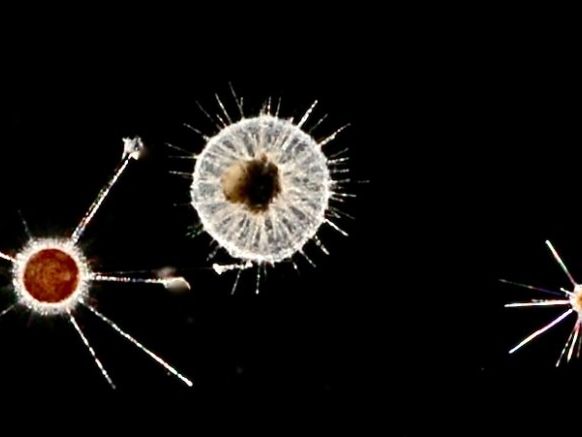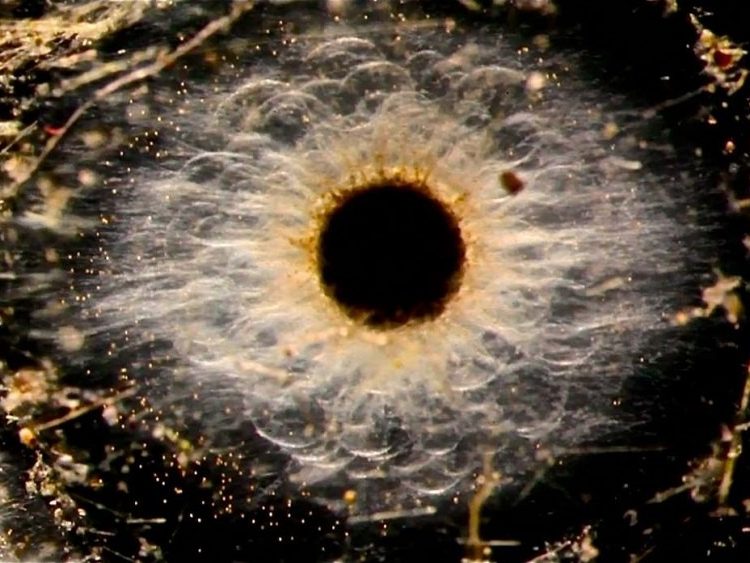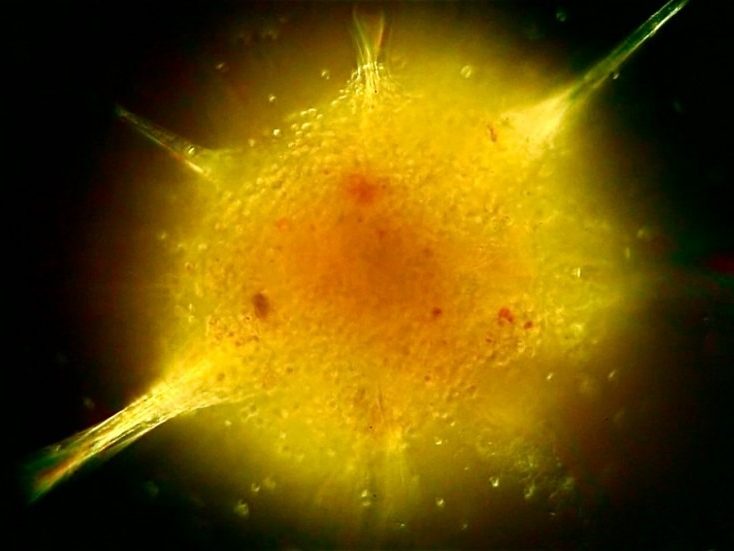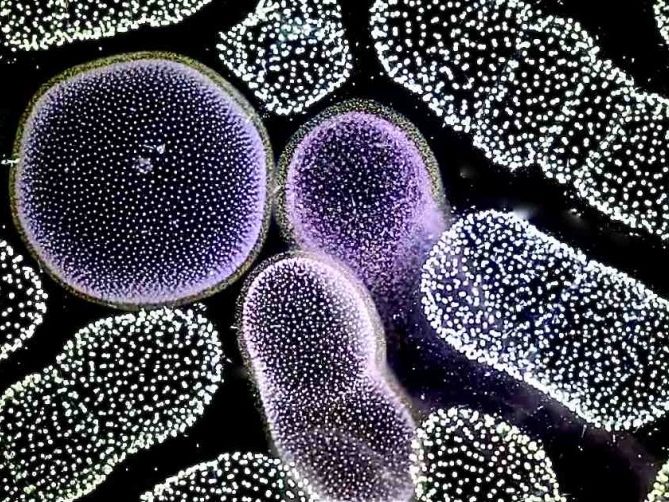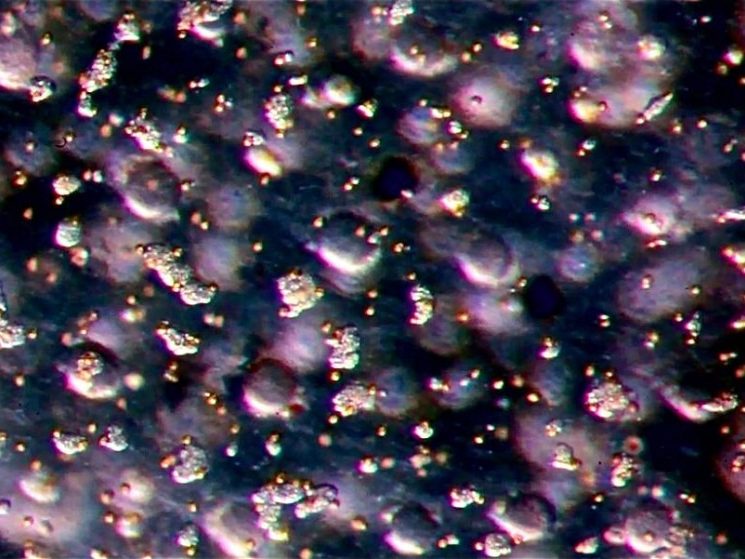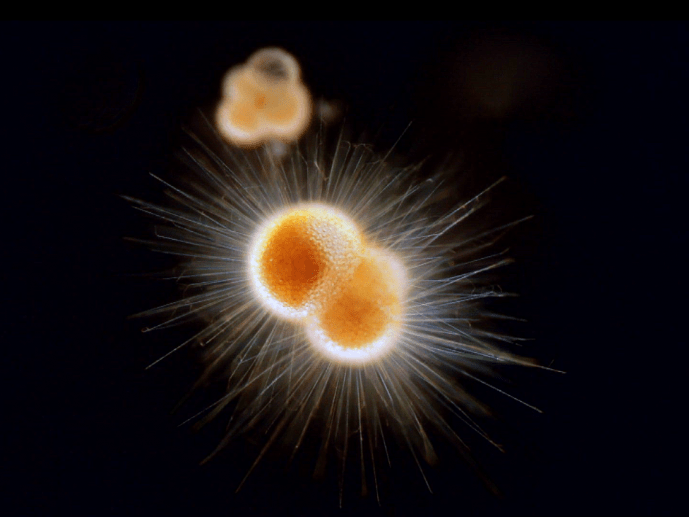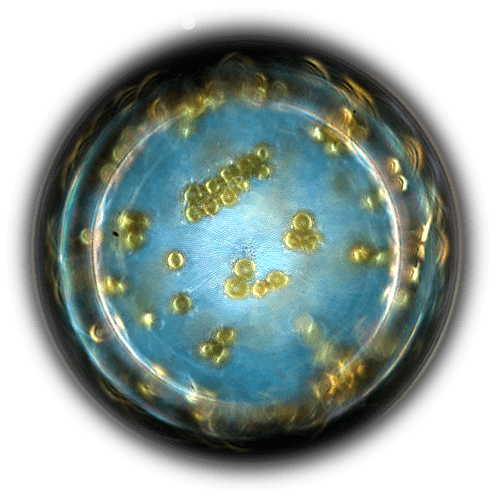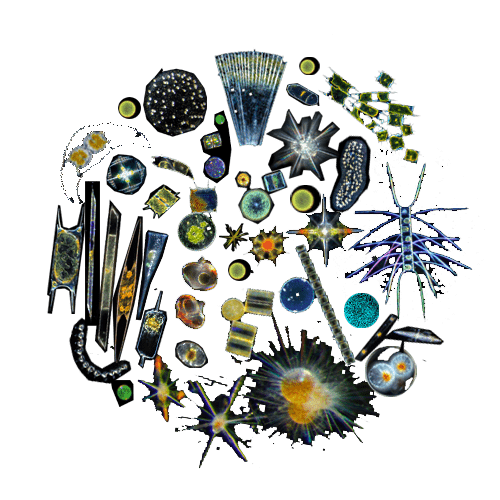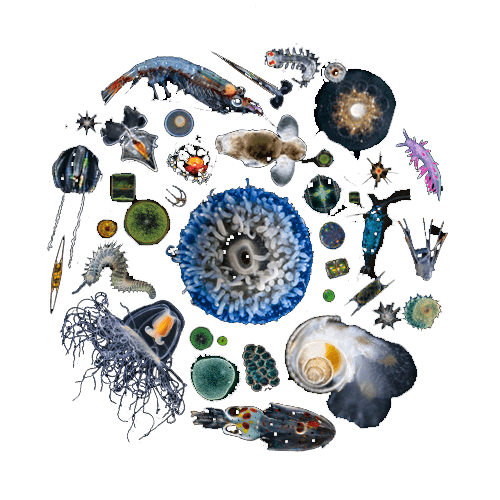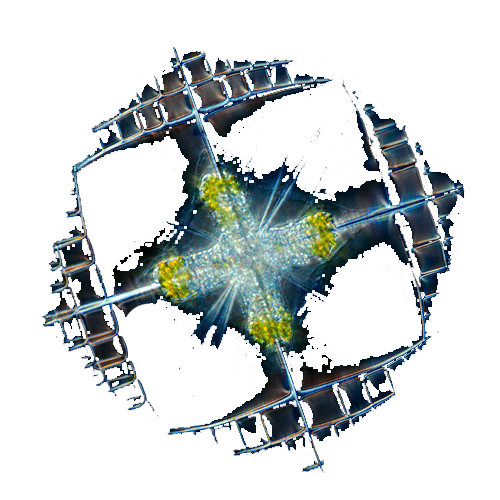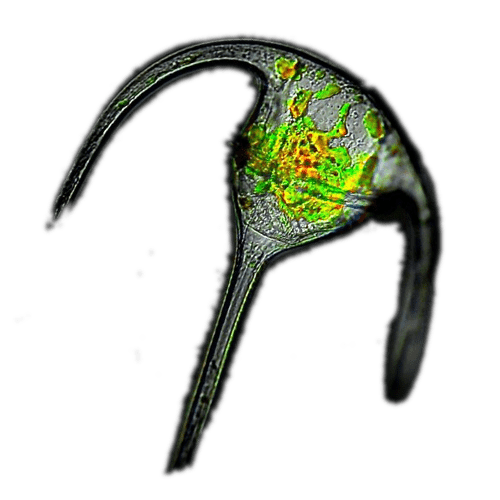In this episode
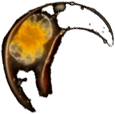 DinoflagellatePyrocystis elegans
DinoflagellatePyrocystis elegans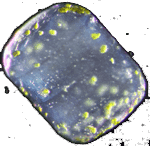 Centric diatom
Centric diatom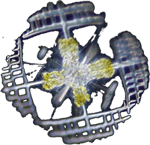 AcantharianLithoptera mulleri
AcantharianLithoptera mulleri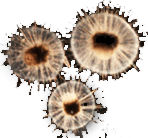 RadiolarianAulacantha scolymantha
RadiolarianAulacantha scolymantha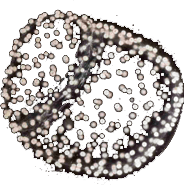 RadiolarianCollozum inerme
RadiolarianCollozum inerme
Photos
Narration
Radiolarians, acantharians and foraminiferans are single cells, some visible to the naked eye. They are voracious carnivores, but radiolarians and acantharians can also be friendly to other cells, creating long-lasting symbiotic relationships with micro-algae. Some radiolarians – such as Collozum – live in colonies of thousands, embedded in a jelly loaded with millions of symbiotic algae.
It’s easy to distinguish these three kinds of protists: foraminiferans build roundish shells made of calcium carbonate, while radiolarians and acanthariansmake silica or strontium skeletons in the shape of needles or shields. The calcium and silicate structures are very resistant. When foraminiferans and radioarians die, their shells and skeletons sink to the bottom of the sea, forming layers of marine sediments.
Over millions of years, their shells and skeletons fossilized. With the movements of the earth’s crust, they formed cliffs and mountains. Today, they are found in the stones of our buildings and monuments! These tiny fossils reveal the geological story of the Earth…
Share this on
Original Idea
Christian Sardet
Director
Sharif Mirshak
Scientific consultant
Johan Decelle, Colomban de Vargas
Texts
Christian Sardet
Images
Christian Sardet, Sharif Mirshak, Noé Sardet
Editing
Sharif Mirshak
Sound mix
Sharif Mirshak
Voice
Gregory Gallagher
Sound Engineer
Sharif Mirshak
Creative Commons Licence :
Attribution Non-Commercial
No Derivative

